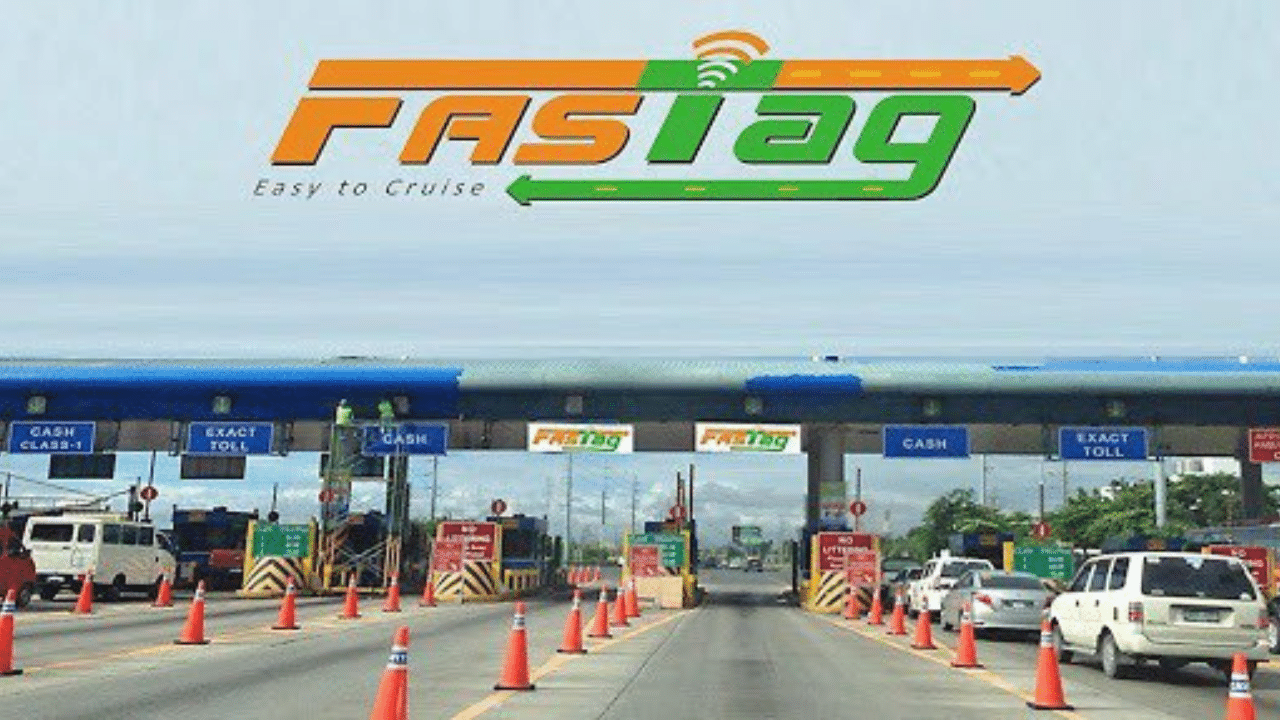New Delhi: It’s a common sight on Indian highways. Some drivers, trying to game the system, keep their FASTag in hand instead of sticking it to the windscreen. While it might seem like a small trick to avoid certain toll charges or confuse the system, this “tag-in-hand” behaviour has turned into a real headache for highway operators.
On July 11, 2025, the National Highways Authority of India (NHAI) said it’s had enough. The authority announced stricter measures to identify and blacklist these “loose FASTags” to avoid disruptions at toll plazas, especially ahead of upcoming tolling upgrades like Multi-Lane Free Flow (MLFF) systems and the new Annual Pass system.
What is a Loose FASTag and why it’s a problem
A “loose FASTag” refers to a valid toll tag that isn’t pasted on the vehicle’s windscreen, but instead kept in the hand or dashboard, and scanned manually. While it may seem harmless, this defeats the purpose of automatic tolling. Officials say this kind of misuse creates lane blockages, false chargebacks, and confusion in systems designed for automatic scans.
And when the vehicle ahead of you is causing that delay? There’s a good chance it’s because their FASTag wasn’t stuck on properly.
According to NHAI, these small disruptions lead to larger problems. They slow down traffic at plazas, create queues, and break the flow in systems meant to be seamless. For frequent highway travellers, even a five-minute delay per plaza can add up across a long trip.
What steps is NHAI taking now?
NHAI has told all toll collection agencies and concessionaires to report such cases immediately. A dedicated email ID has been created to receive complaints. Once verified, the blacklisting or hotlisting process will kick in without delay.
Here’s what’s being put in place:
- Toll agencies must report “tag-in-hand” misuse as soon as it’s spotted
- NHAI will take quick action to block these FASTags
- Users with blacklisted tags may face delays or be denied toll access until fixed
- This step is part of a wider push for cleaner, tech-enabled tolling as India prepares for MLFF systems
The move comes at a time when the FASTag penetration is already above 98 percent. The idea is not to punish users, but to protect the tech that’s already working well for the majority.
Why this matters for highway users
As someone who regularly drives between Bengaluru and Pune, I’ve often seen arguments at toll booths. Many times, it’s because someone waved a FASTag or tried to avoid getting charged properly. In one case last month, the lane was blocked for nearly 12 minutes while the staff manually entered vehicle data due to a loose tag. That wait turned a five-minute stop into a mini traffic jam.
With Multi-Lane Free Flow tolling being tested, where vehicles won’t need to slow down below 60 kmph, having FASTags correctly fixed is critical. In the new system, a misplaced tag could mean you get flagged or charged incorrectly.
What drivers need to do now
If your FASTag is not stuck to your windshield, now’s the time to get it fixed. The tag is supposed to be placed just behind the rearview mirror for best scanning. Keeping it in your glove box or waving it at the scanner is now officially being tracked.
Steps to avoid blacklisting:
- Ensure the tag is pasted clearly on the front windshield
- Do not transfer FASTags between vehicles
- Avoid buying or using pre-activated tags from unverified sources
- If your tag is faulty, contact your issuing bank to replace it
FASTag’s next big leap
With over 98 percent vehicles already using FASTag, the next goal is to move into a system where tolls are collected without any physical barriers. MLFF, or open road tolling, is being seen as the next step in India’s toll infra story. But to get there, misuse like loose tags need to be checked early.
